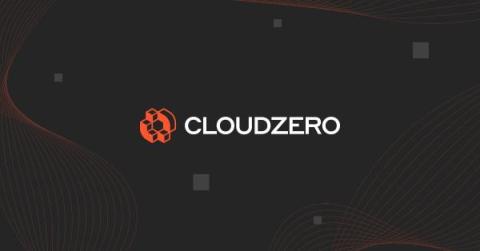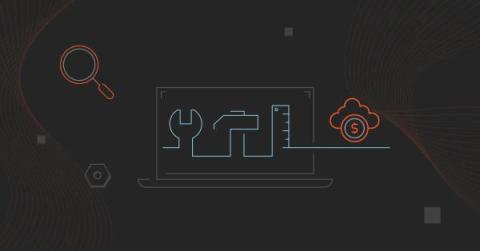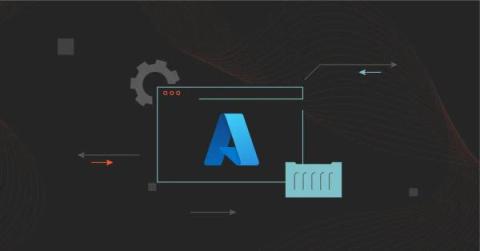When CloudWatch Won't Do: 15 Best CloudWatch Alternatives In 2024
You may have outgrown Amazon CloudWatch. Perhaps you want something more robust than CloudWatch, which provides full-stack observability. Below, we’ll share a list of the proven, top CloudWath alternatives that can meet all your needs in one place.






